This rising demand for seamless video streaming, regardless of screen size or internet speed, is made possible by efficient video compression technologies, or codecs.
By reducing the size of video files while preserving quality and resolution, codecs like VP9 and AV1 ensure smooth playback, faster load times, and optimal performance across diverse networks and devices
Two popular contenders in the video compression arena are VP9 and AV1. But which one offers the best balance of performance, quality, and efficiency? Let’s dive in and find out.
Don’t let outdated technology hold you back.
Muvi One supports both VP9 and AV1, ensuring your video quality is uncompromised. Revolutionalize your video delivery with Muvi One now!
What’s the Need for Video Compression in Streaming?
According to Statista, global OTT users are forecasted to continuously increase between 2024 and 2029 by 997.9 million users (+25.46 percent). And the number of users is estimated to reach 4.9 billion users and therefore a new peak in 2029.
Without efficient video compression, streaming high-quality videos such as movies, web shows, and live sports matches, would be a nightmare for both OTT service providers and users. Raw video files are enormous, leading to:
- High bandwidth usage: Streaming uncompressed video would require super-fast internet speeds, else there will be video buffering which is irritating for viewers.
- Storage concerns: Platforms like Netflix or YouTube would struggle to store their vast libraries without efficient compression. A huge amount of expenses would then go towards cloud storage fees.
- Device compatibility: Compression ensures that videos play seamlessly on a wide range of devices, from smartphones to 4K Smart TVs. If the video doesn’t go through the encoding and transcoding process, the video won’t be compatible for streaming on multiple devices.
By compressing video files, codecs reduce data sizes while retaining as much visual and audio quality as possible—making streaming smooth, accessible, and consistent. Let’s move forward and understand the two popular video codecs, ruling the OTT space.

What is VP9 Codec?
VP9 is an open-source video codec, developed by Google for efficient video compression. VP9 codec serves as a successor to VP8/H.264 and is designed as an alternative to HEVC (H.265 Codec).
Compared to its predecessors VP9 offers a range of technical improvements, leading to a 50% reduction in bitrate and file size while retaining the same visual quality.
VP9 is widely used on popular video streaming platforms like YouTube and is compatible with major web browsers – Chrome, Edge, and Firefox.
Key Features of VP9:
- Efficiency: Offers nearly 50% better compression than H.264 while maintaining comparable quality.
- Widespread adoption: Supported by Android devices, smart TVs, and major browsers.
- Royalty-free: VP9 is open-source, making it a cost-effective choice for developers and OTT platforms.
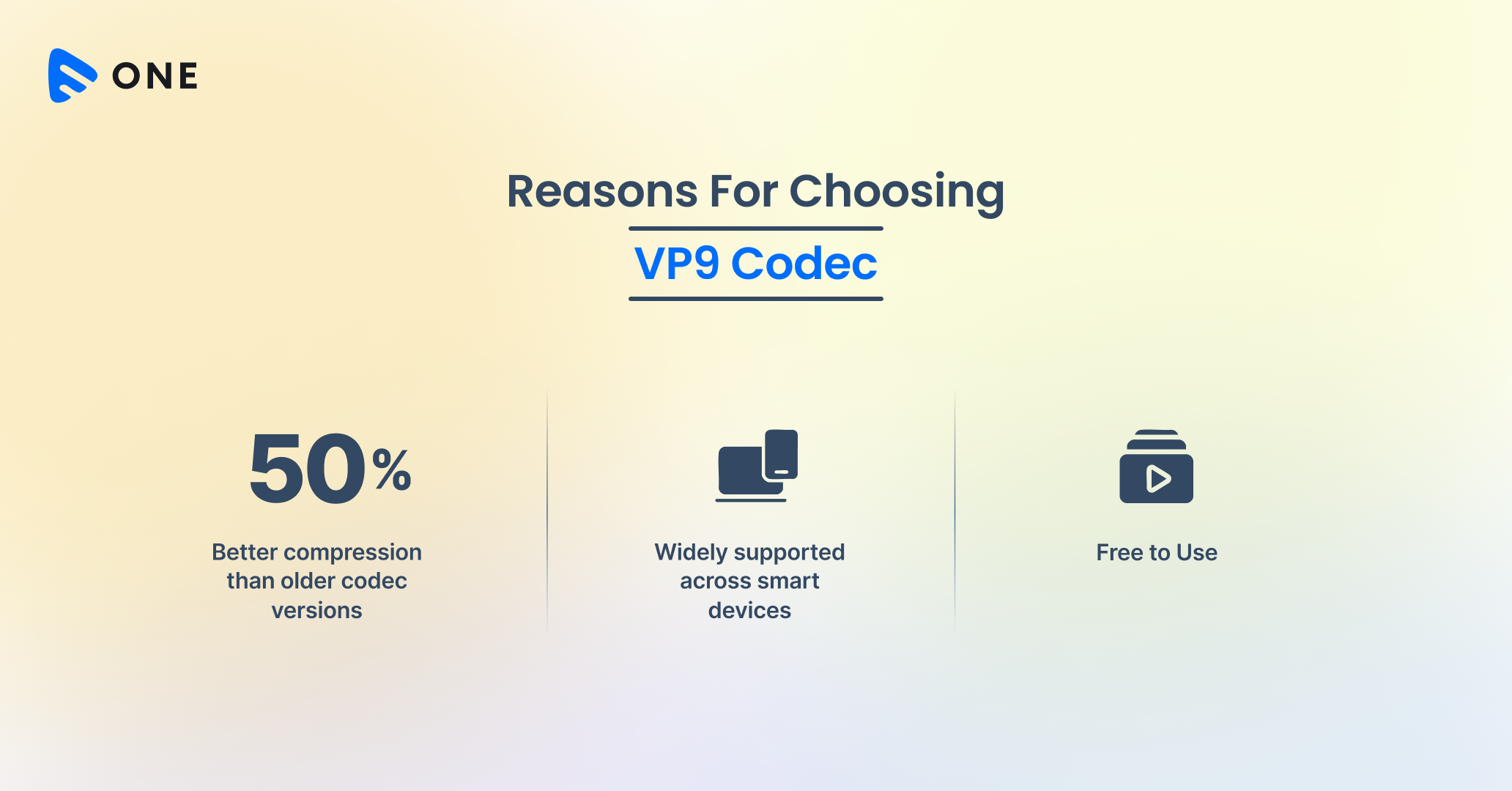
What is AV1 codec?
AV1 is the next-generation video codec developed by the Alliance for Open Media (AOMedia), which includes tech giants like Google, Netflix, Amazon, and Microsoft. Launched as the successor to VP9, AV1 aims to deliver even better compression efficiency and quality.
Key Features of AV1:
- Superior compression: AV1 provides approximately 30% more compression efficiency than VP9 while maintaining the same visual quality.
- Broad industry support: Companies like Netflix, YouTube, and Facebook are actively pushing AV1 adoption.
- Future-proofing: Designed with modern use cases like 8K streaming and HDR content in mind.
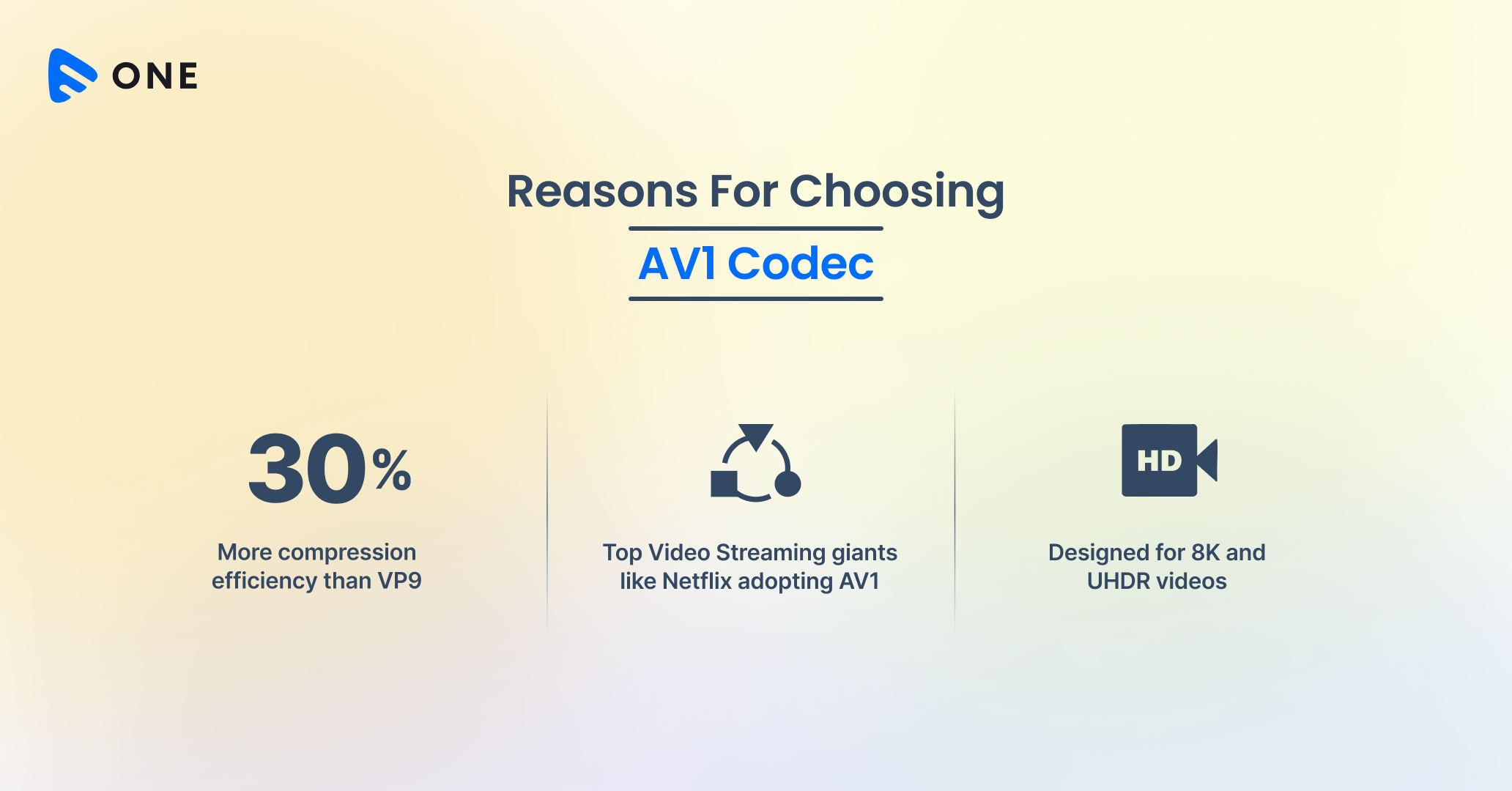
Technical Differences between VP9 and AV1
Both VP9 and AVI are open-source and royalty-free codecs, hence are completely free to use for streaming videos over the Internet.
However, in terms of compression algorithms and technicalities, VP9 is different from AV1 in many ways.
Below is a detailed comparison of VP9 vs AV1.
Aspect | VP9 | AV1 |
Compression Efficiency | Moderate (50% better than H.264) | High (30% better than VP9) |
Encoding rate | Faster | Slower (more computationally intensive) |
Transcoding rate | Efficient on most devices | Slower, but improving with hardware support |
File Size | Bigger File size | Smaller File size |
Hardware Compatibility | Widely supported across smart devices | Limited but growing (latest GPUs and processors) |
Adoption | Widespread (YouTube, smart TVs) | Emerging, with backing from industry leaders like Netflix, Samsung TV |

Difference between VP9 and AV1: Detailed Summary
Compression Efficiency: VP9 vs AV1
- VP9: Developed by Google, VP9 offers significant compression efficiency over its predecessor, VP8. It achieves approximately 50% better compression than H.264, allowing for reduced file sizes without noticeable loss in quality.
- AV1: As the successor to VP9, AV1 provides up to 30% better compression efficiency than VP9. This means AV1 can deliver the same video quality at lower bitrates, making it highly efficient for streaming high-resolution content particularly movies or live sports.
Video Quality: VP9 vs AV1
- VP9: Supports High Dynamic Range (HDR) and Wide Color Gamut (WCG), enabling vibrant and realistic colors. However, in direct comparisons, AV1 tends to offer superior quality at similar bitrates.
- AV1: Utilizes advanced techniques like improved motion prediction and better intra-frame coding, resulting in higher video quality, especially at lower bitrates. This makes AV1 particularly suitable for high-resolution and complex visual content required in live video streaming.
Encoding and Transcoding Complexity: VP9 vs AV1
- VP9: Known for its faster encoding and transcoding processes, VP9 is less resource-intensive, making it suitable for efficient video compression on devices with limited processing capabilities.
- AV1: Employs more complex compression algorithms, leading to higher computational requirements. This results in slower encoding and decoding times than VP9, posing challenges for devices with lower processing power.
Hardware and Software Support: VP9 vs AV1
- VP9: Widely adopted across various platforms, VP9 is supported by major web browsers like Chrome, Firefox, and Edge. It’s also compatible with numerous hardware devices, including smart TVs and Android devices.
- AV1: While offering superior compression and quality, AV1’s adoption is still in progress. Some platforms like YouTube and Netflix have started using AV1 for specific content, but widespread hardware support is still developing.
Industry Adoption: VP9 vs AV1
- VP9: With its established presence, VP9 is extensively used by platforms such as YouTube for streaming videos, benefiting from its balance between video compression efficiency and processing requirements.
- AV1: Backed by the Alliance for Open Media, which includes industry giants like Google, Netflix, and Microsoft, AV1 is poised to become the future standard for video compression. However, its current adoption is limited due to the need for advanced hardware support and optimization.
VP9 offers a well-rounded solution with broad compatibility and efficient performance, making it suitable for current applications across various devices.
AV1, on the other hand, presents a more advanced option with superior compression efficiency and video quality, aligning with future demands for high-resolution streaming.
The choice between VP9 vs AV1 should be based on specific needs, considering factors like streaming needs (live or on-demand), target audience, device compatibility, and the importance of cutting-edge compression efficiency.
Future-proof your OTT platform with Muvi One.
Leverage next-gen codecs like VP9 and AV1 to enhance video quality and reduce streaming costs. Get started now
VP9 vs AV1: Which is the Best Video Codec for Streaming
Choosing between VP9 and AV1 largely depends on the use case:
- Performance and Compatibility: VP9 wins for now because of its faster encoding and transcoding and broader hardware support. It’s ideal for platforms targeting a wide range of devices.
- Future-readiness: AV1 is designed for the future, with better compression for 4K/8K HDR streaming. However, its slower encoding speeds and limited hardware support are hurdles.
- Cost Efficiency: Both codecs are royalty-free, making them excellent choices for OTT service providers.
For platforms prioritizing current compatibility, VP9 is the go-to. But for those investing in future-proofing and delivering cutting-edge video quality, AV1 is the way forward.
On-demand streaming platforms like YouTube have adopted both VP9 and AV1 codecs for video encoding. VP9 works fine for HD/4K videos while AVI is best suited for 8K UHD videos. As YouTube mostly endorses up to 4K videos, VP9 is highly used.
The other popular video streaming platforms like Netflix and Amazon Prime Video, support upto 8K resolution, and hence widely use AVI codec for better compression efficiency.
In the case of live video streaming, choosing between VP9 and AV1 is easy. VP9 is more suitable for live streaming due to high compatibility as AV1 is still catching up with hardware standards.
Future of video compression with VP9 and AV1 codecs
The future of video compression is focused on delivering higher quality at lower bitrates. With the increasing popularity of 8K video, HDR content, and AR/VR experiences, codecs must evolve to handle these demands efficiently.
AV1 is poised to dominate the next decade as hardware manufacturers integrate better support, but research into newer technologies like VVC (Versatile Video Coding) and EVC (Essential Video Coding) could redefine the standards.
As OTT platforms carefully evaluate their audiences’ needs, balancing present-day performance with cost efficiency, VP9 will continue to rule the video streaming space for the coming few years.
As a comprehensive OTT platform, Muvi One supports both VP9 and AV1 codecs, enabling you to optimize your streaming strategy for current needs and future demands.
By leveraging Muvi One’s cutting-edge streaming features and support for next-gen codecs, you can deliver exceptional video quality to your audience while staying ahead in the ever-evolving streaming industry.
Take your streaming game to the next level.
Muvi One makes it easy to implement VP9 and AV1 for superior video performance. Schedule a demo today!
Recommended Reads:
AV1-HEVC-VP9: Which is the best quality video codec for online streaming
Understanding the Role of Codec and Container in Live Video Streaming
High-Efficiency Video Codec (HEVC Video): All You Need to Know
H.266: Versatile Video Coding (VVC) Briefly Explained
H264 vs H265: Which Video Codec is Better?
What is Video Encoding? How Video Encoding Works?
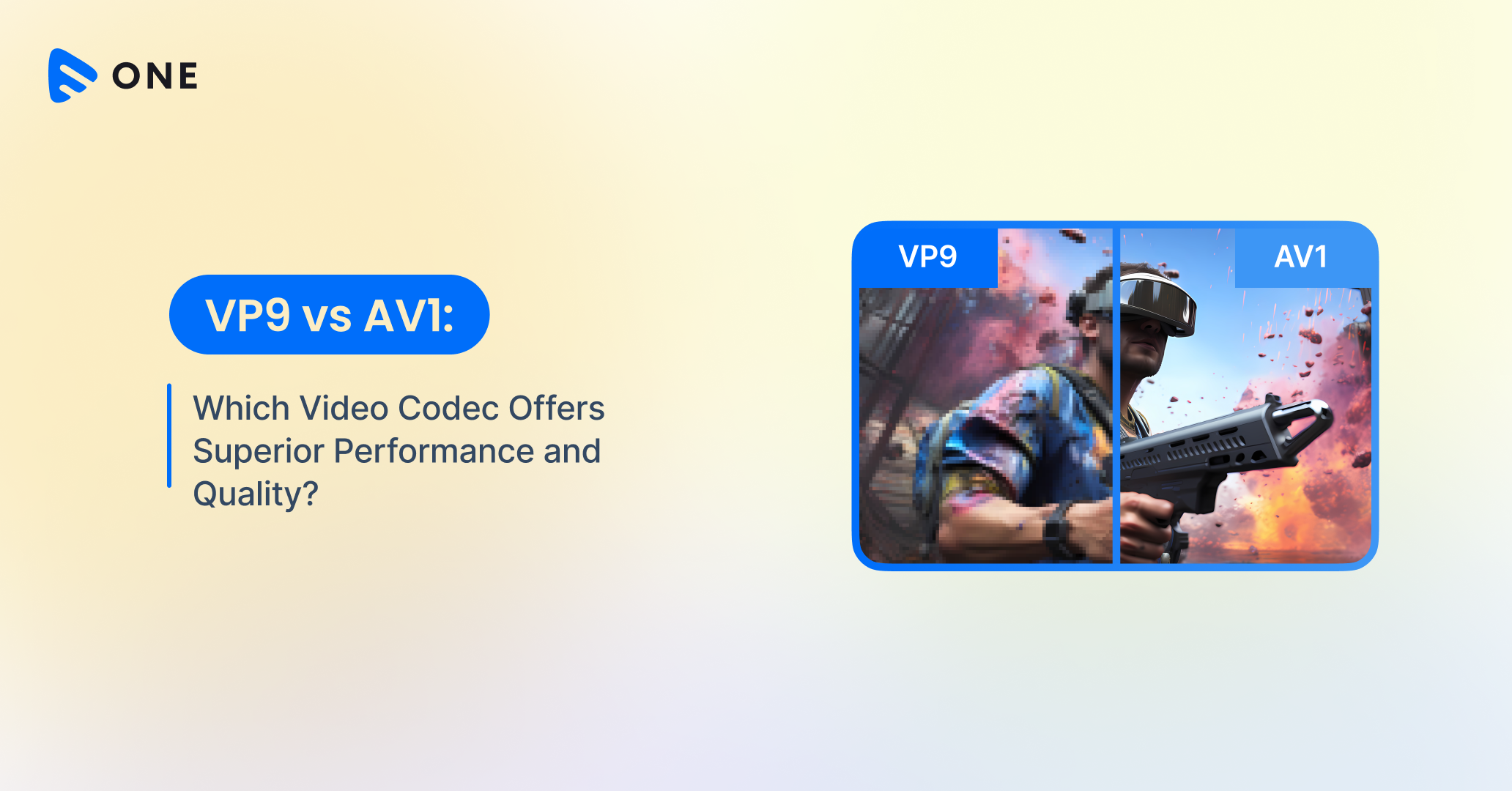





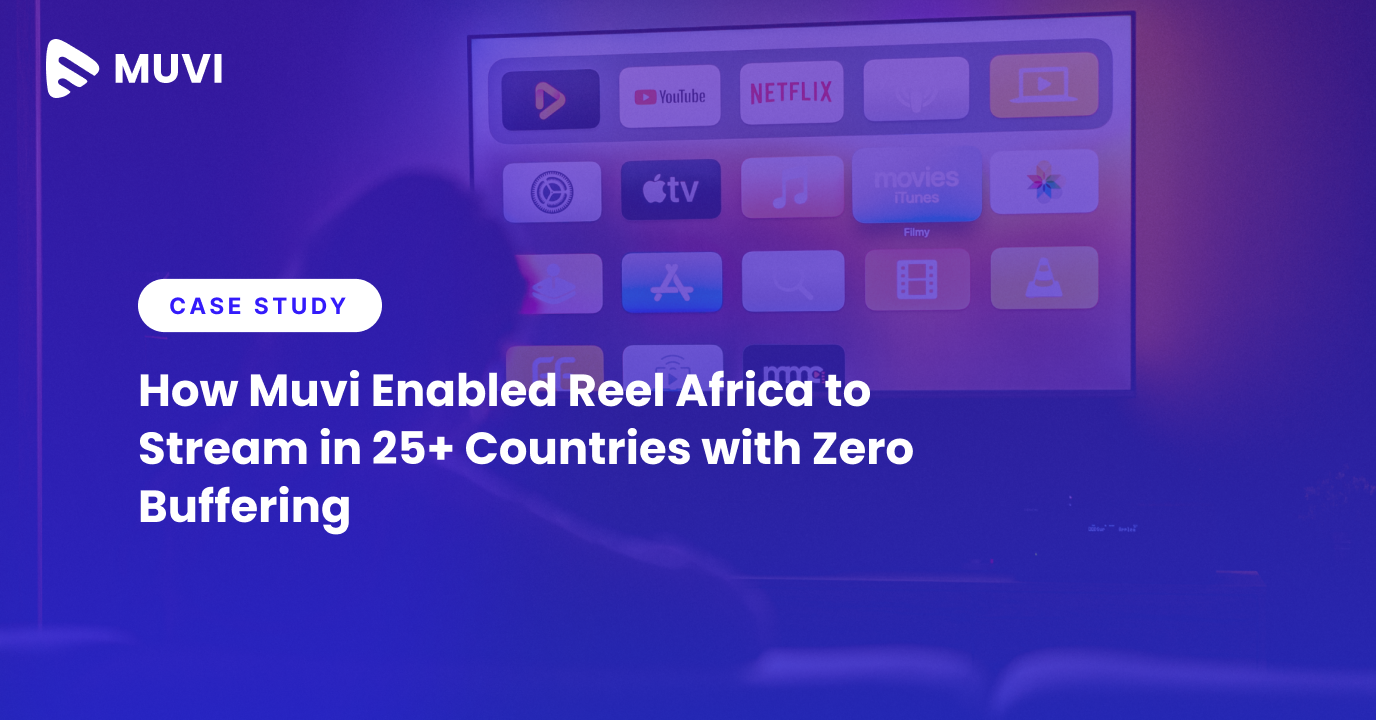

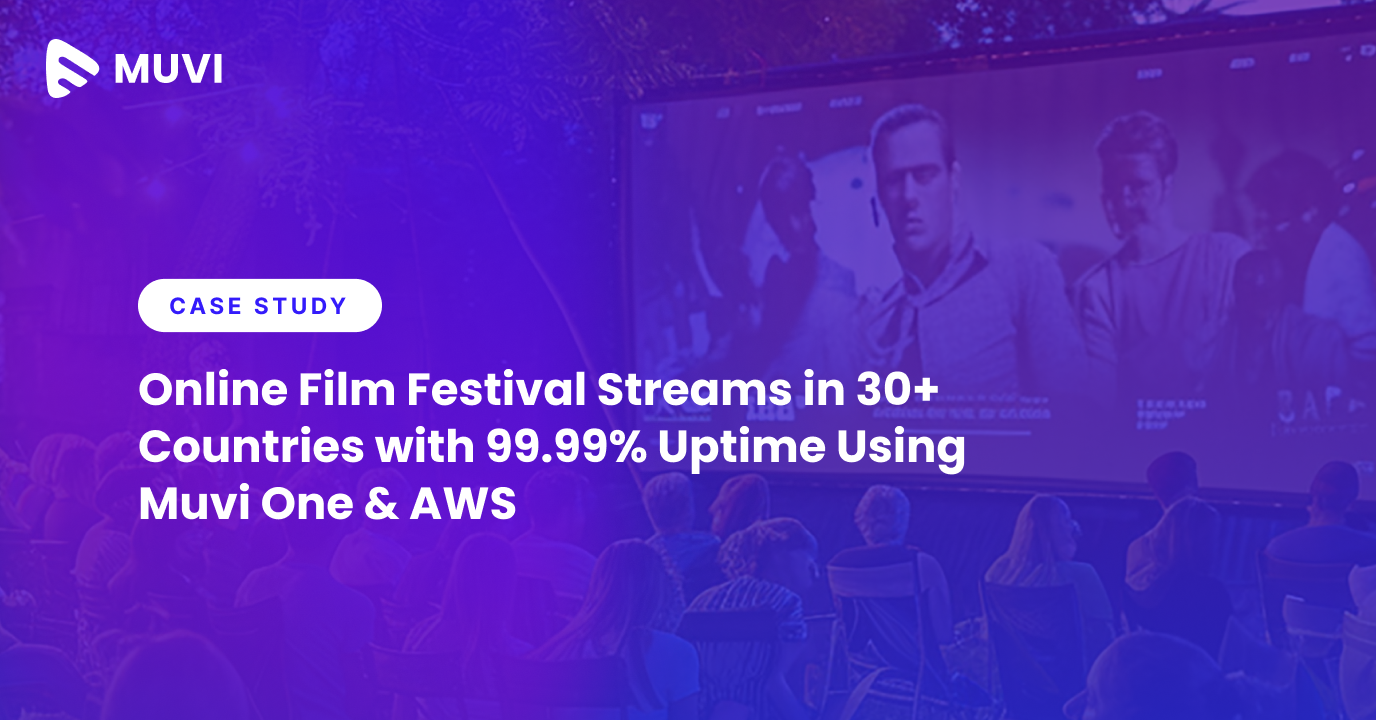

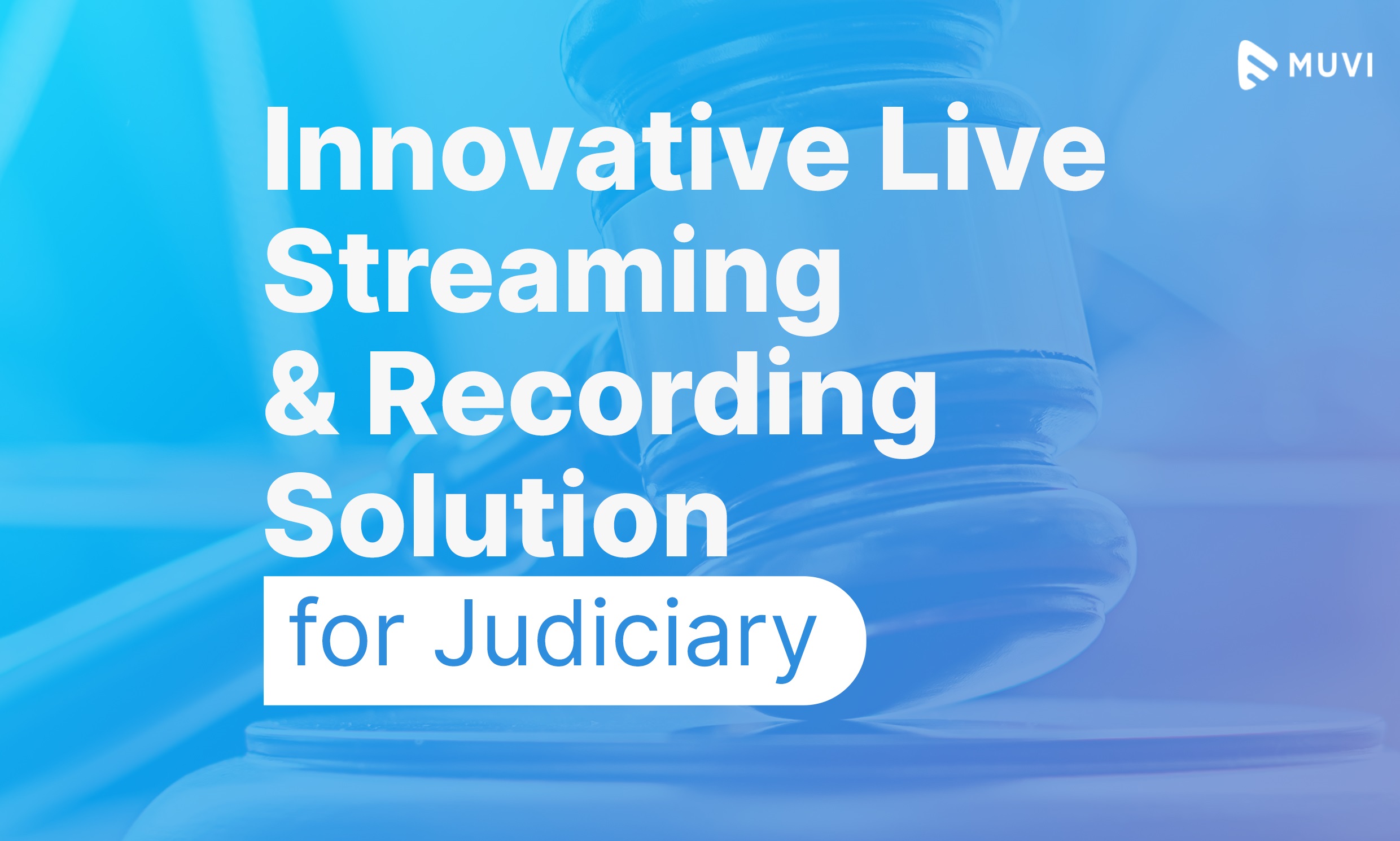


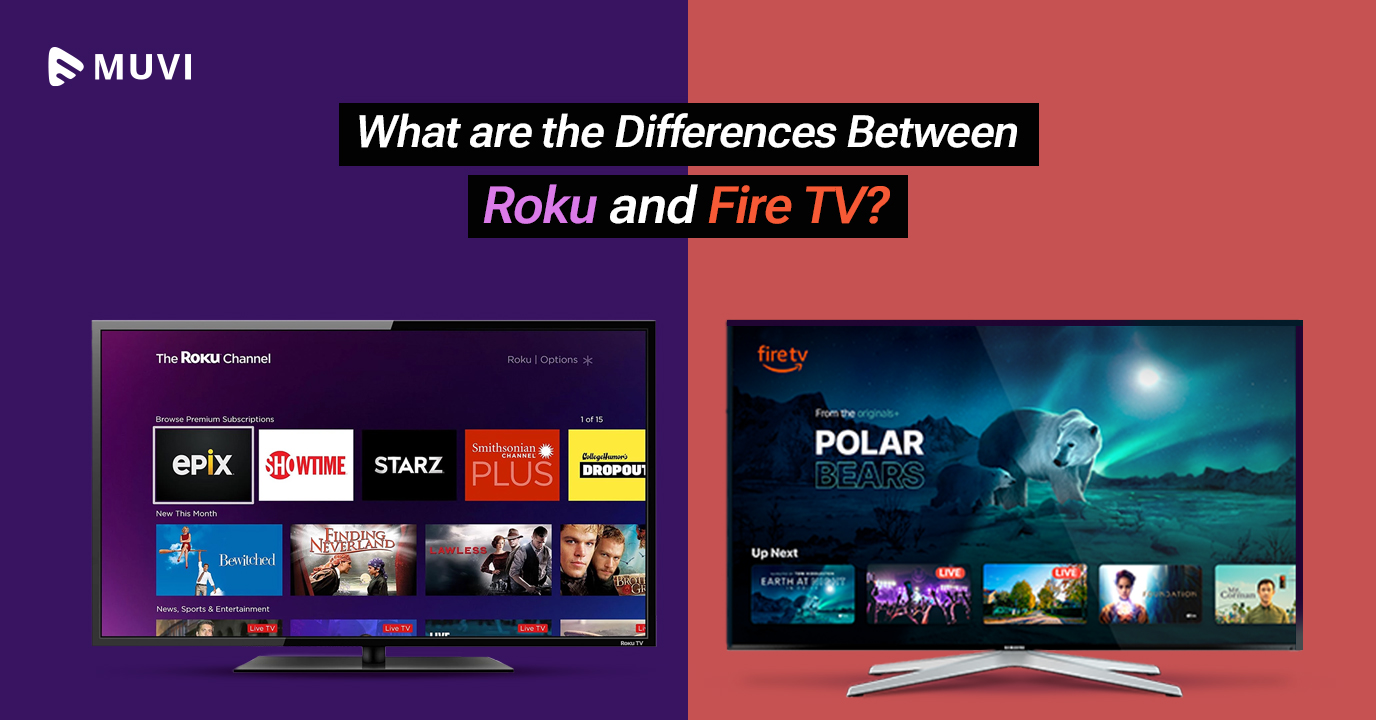
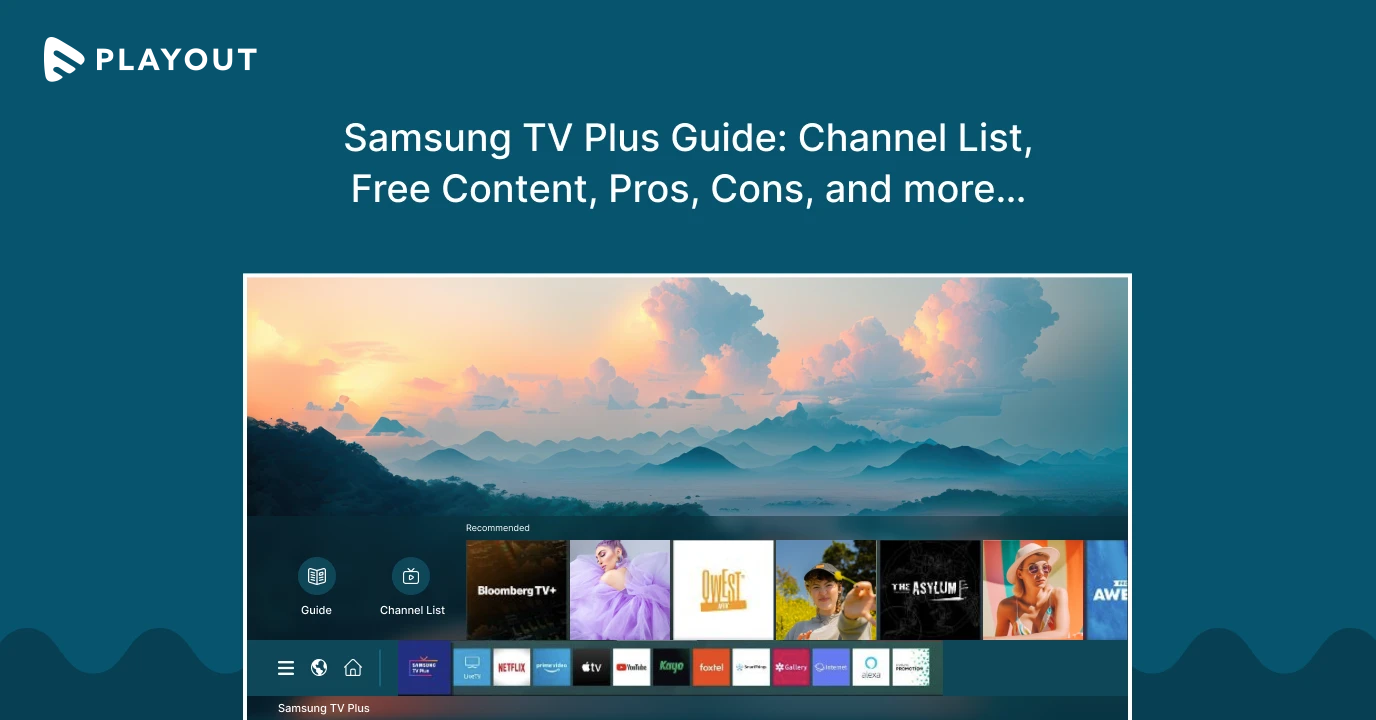
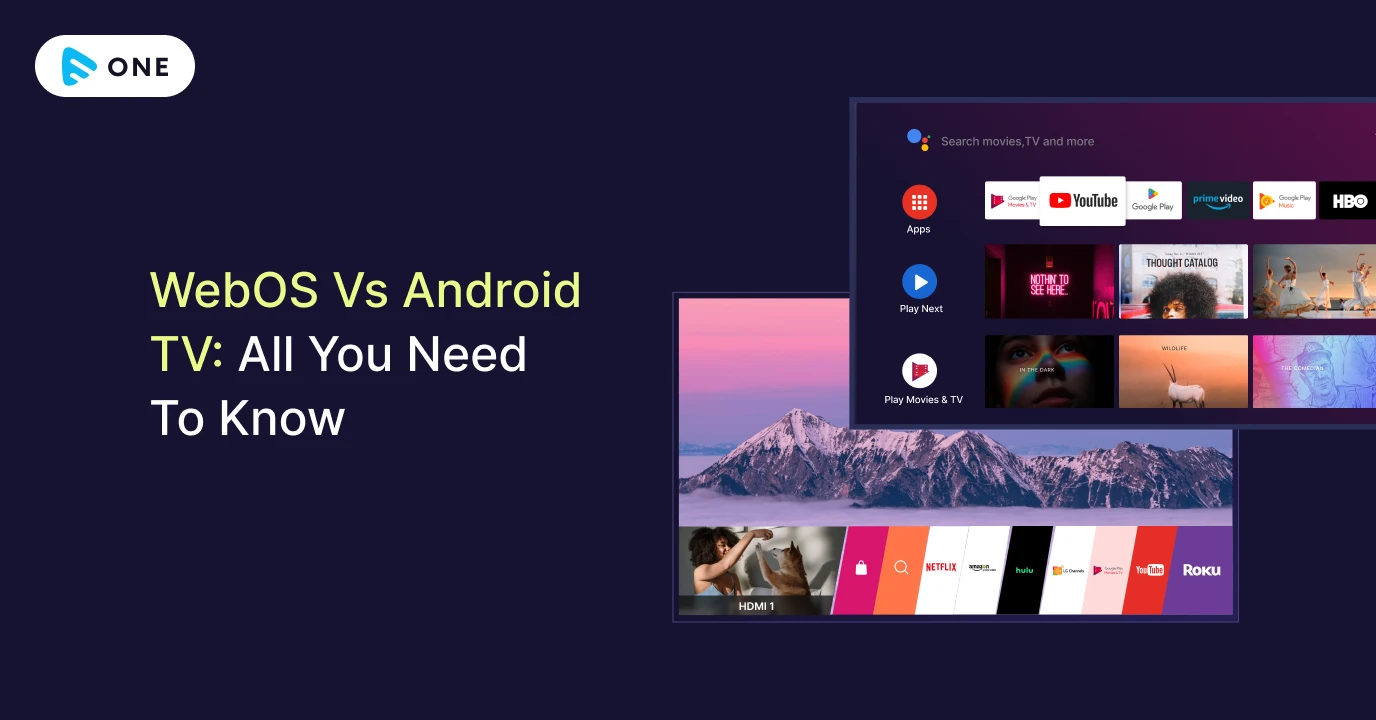



Add your comment